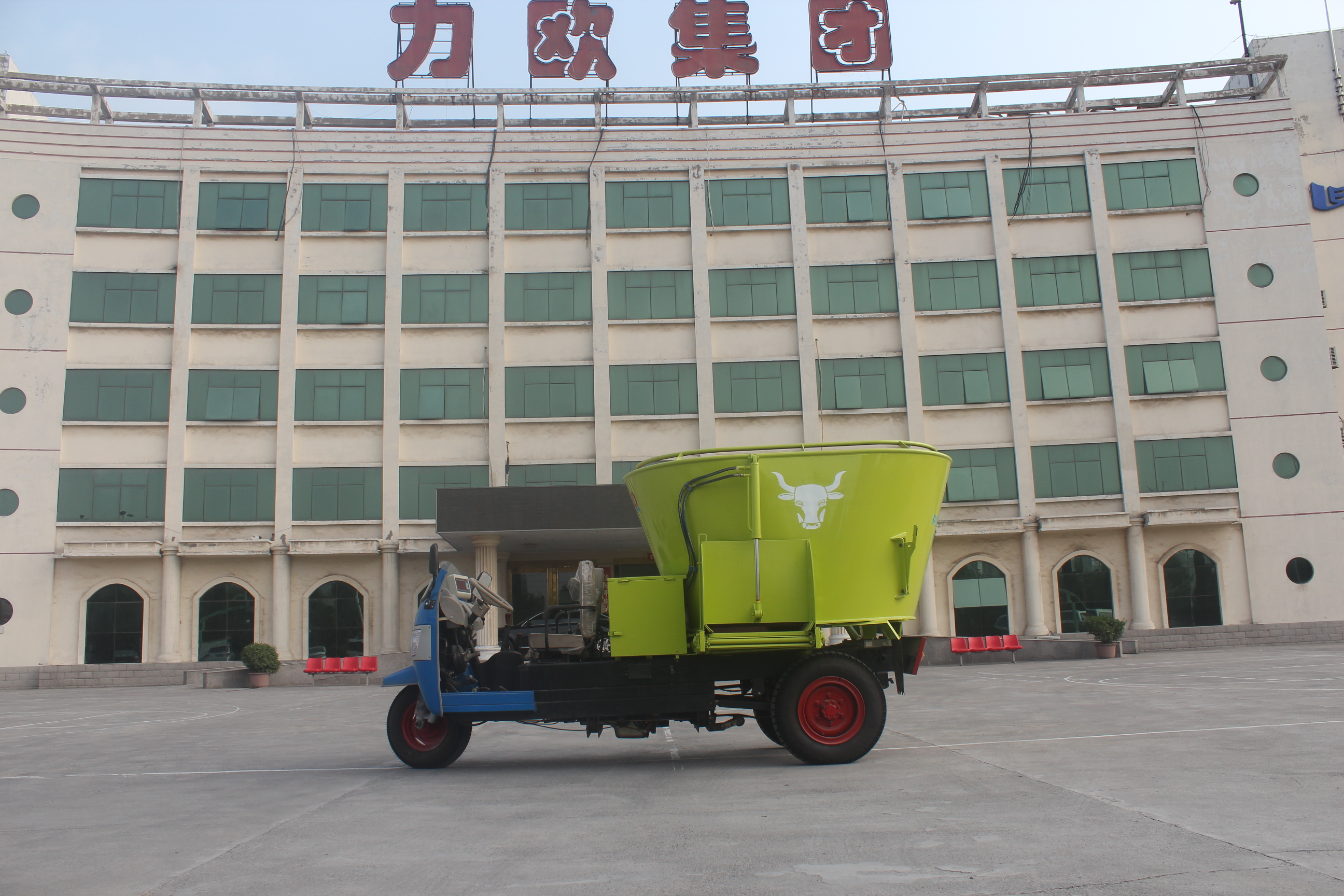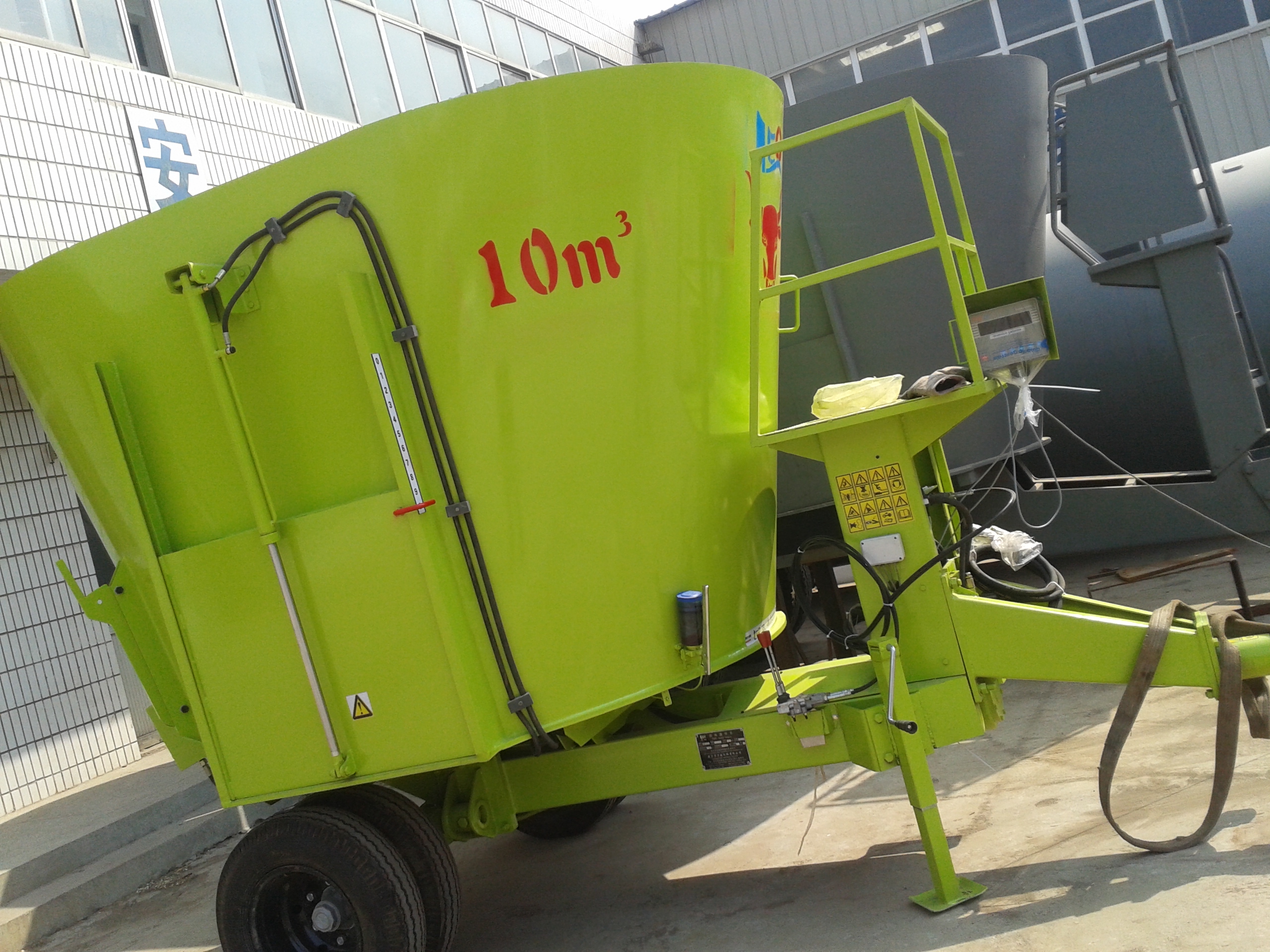Otter Broad-leaf Moss Azalea Koza
Scientific name: Caldesia reniflrmis
Alias: Wideleaf moss, Alisma Koza
Family is: Amaranthaceae
Features:
Perennial standing or floating herb. The water scorpion is an OO? ∮ ∮ 暮瘫 暮瘫 暮瘫 暮瘫 é“© é“© é“© é“© é“© é“© é“© é“© é“© é“© é“© é“© é“© é“© é“© é“© é“© é“© é“© é“© é“© é“© é“© æ¤ æ¤ æ¤ æ¤ æ¤ æ¤ æ¤ å«” å«” å«” å«” å«” å«” å«” K K K K K K K K K K K K K. It is difficult to tell whether it is water or not. Floating water bladder, roots of water, roots, and roots
A genus of perennial genus of floating herbs.
distributed:
Located in Guangdong, Hainan, Jiangxi, and Fujian Provinces, the patch is grown in ponds and ponds [1].
Its leaves have unique ornamental value. According to the results of surveys and collections, the natural resources of Minamata are decreasing. We collected them in Wanning, Hainan, in 1993, and introduced them to the Aquatic Plants Park of Wuhan Botanical Garden. Before this, the plant was not cultivated. With the construction of infrastructure (highways, reservoirs, flood control roads and real estate development, etc.), as well as the over-exploitation of water bodies (fish rearing, duck rearing, aquatic recreation, etc.), damage to leeches and aquatic vegetation has been caused. It has adversely affected the growth and development of this rare plant. In view of this situation, we carried out clonal propagation experiments to increase its propagation coefficient so that it would return to nature as soon as possible and achieve the purpose of protection and rational use.
1 Materials and Methods
The test material we used was collected in 1993 when it was investigated in the Zhalong swamp in Wanning, Hainan. The collected live strains were stored in bottled water and introduced into the Wuhan Botanical Garden Aquatic Plants Garden.
From 1994 to 1996, cutting propagation tests were carried out in the Wuhan Botanical Garden Aquatic Plant Park. The soils tested were green mud paddy soil and pond mud, with a pH of 6.5-7.0 and moderate fertility. After the cutting, regular field management is performed to remove weeds.
The test was divided into two parts, field observation and outdoor (in the front corridor of the laboratory, light illumination was 2300-4 000 lx) asexual reproduction test.
2 test results
1) Botanical characteristics of leech
Otter is a perennial aquatic herb of the genus Gramineae. The rhizomes are weak and there are uncertain pinnate fibrous roots on the nodes. The stalk exposed 10 to 20 cm above the water surface. Leaf sheaths smooth and glabrous, swollen, flat, born between nodes; ligule very short, thin film; leaf blade ovate-lanceolate, leaf surface with purple patches or spots of the equation (3 to 6 pairs) (occasionally Plants growing in dark places have no purple patches in a short period of time. The leaves are 3 to 12 cm long and 8 to 30 mm wide. Apexes are blunt and smooth. The top is papillary. Panicles 4–10 cm in length; spikelets lanceolate, 5–10 mm in length, squashed on both sides; sessile basal discs 1–16 mm in size, including amphorae; lacuna; Ciliate on veins, short hairs adnate between veins, apical awns 5–20 mm at apex; as long as medial malleolus and lateral malleolus, 3 veins, ciliate on main vein; stamens 6, anthers ca. 3 mm, yellow 〔2〕.
2) Growth habits and development of leeches
Seedlings cultivated by vegetative or sexual reproduction methods and methods undergo photosynthesis as the leaves grow, gradually accumulate nutrients and grow up to form plants; when they do not bloom, the nutrients are stored under water. In roots and stems, it will return to green in April of the second year, and after a prolonged (April-September) vegetative growth begins in late September (in Wuhan), heading and flowering will begin; until the end of the fruit and flower period in late November (in Guangdong, Hainan flower fruit period from July to November), about 60 days.
After flowering, the seeds matured and the water part of the plant died. The entire plant growth period was from April to November, about 240 days. There are also some plantlets (plants that do not have flowering) and parts of rhizomes that grow underwater. After they grow and develop in the coming year, they can bloom and solidify, and then the plants die. From this observation, Minamata is a perennial aquatic herb [1, 2].
In the case of cultivation and domestication, the water and fertilizer are sufficient and the weather conditions are suitable. The germination rate of the harvested seeds and the growth and development of the seedlings are normal. In the experiment, we observed that there were few seeds of leeches in Wuhan knot, and the reasons for this need to be further studied. Therefore, at present, the aquatic plant is mainly based on asexual reproduction.
After 3 years of trials and trials, it is shown that leeches are best cut from July to August, and their survival rate is high. The suitable cutting temperature is 25 to 30°C, monthly rainfall is 120 to 180 mm, and air relative humidity is 78% to 83%. %. The cutting water level should be kept between 3 and 5 cm. If the water level is too deep or too shallow, it will directly affect the survival rate of cuttings. After weeding, weeds should be removed regularly and pest and disease prevention and control should be strengthened.
3 Discussion
Mink is a single species of aquatic herb. Although China has a wide distribution area, the environmental areas that grow under natural conditions have become narrower and narrower. Human cultivation and domestication can not only meet people's viewing requirements for otters, reduce damage to wild resources, and return leeches to nature. It also has important significance in adding color to the beauty of water, and it is also conducive to the continuation of biodiversity. development of.
The successful breeding and domestication of mink asexual reproduction has provided a certain reference value for the protection of mink; however, it still needs further research on sexual reproduction and flowering and fruiting. As an aquatic leaf plant in South China, Minamata has potential development prospects.
2. There are vertical fixed type, vertical traction type, horizontal fixed type, horizontal traction type, vertical self-propelled type and so on.
The capacity from 5 cubic meters to24 cubic volume.
We totally take the advantages of foreign feed mixers, simple operation, easy maintenance and practical. The lubricant refueling points is located in the outside.


Feed Mixer Machine,Vertical Tmr Feeding Mixer,Vertical Feeding Mixer,Vertical Cow Feeding Mixer
Henan Leo Husbandry Equipment Science and Technology Co.ltd , https://www.chinaleodairy.com